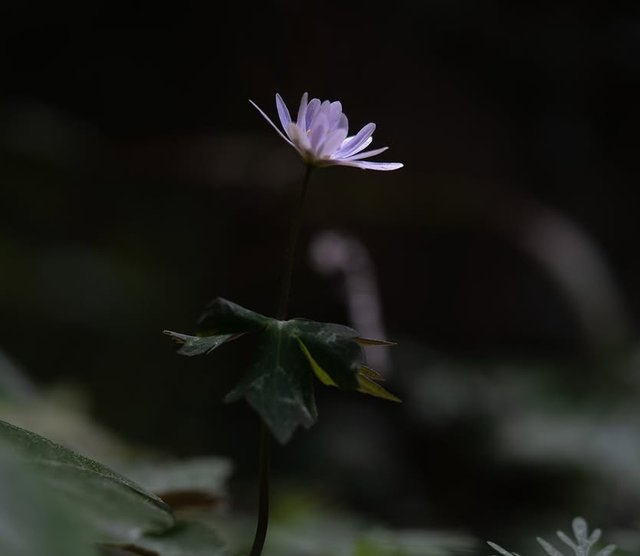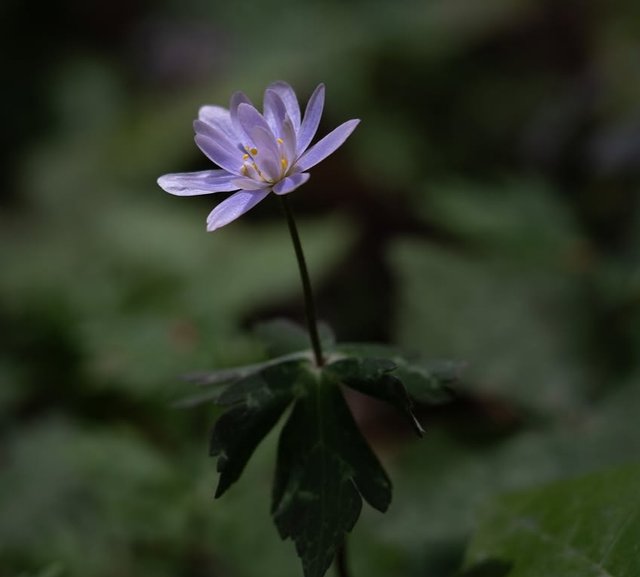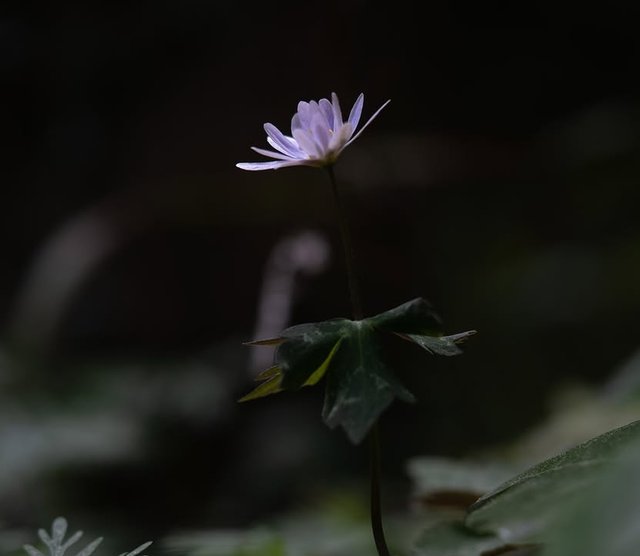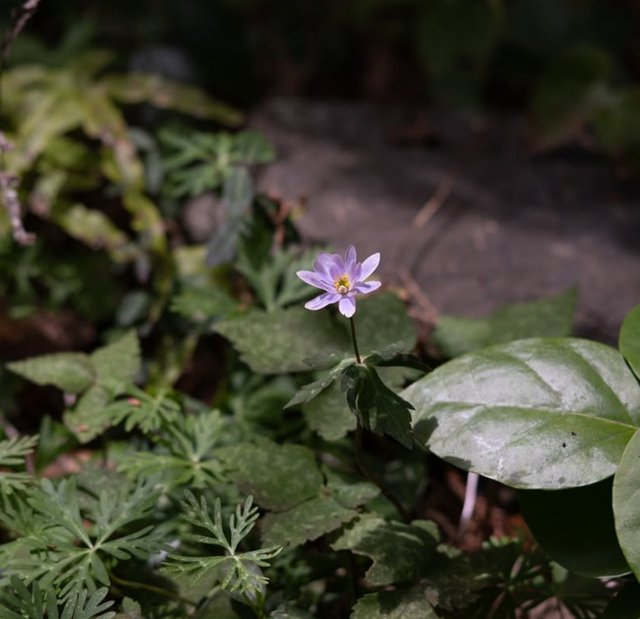So Beautiful Hepatica Transsilvanica Flower
Hepatica transsilvanica: A Hidden Gem of the Carpathian Flora
Hepatica transsilvanica, commonly known as the Transylvanian liverleaf, is a charming perennial wildflower that captivates both botanists and garden enthusiasts with its delicate beauty and ecological significance. Native to the Carpathian Mountains of Romania—particularly in the Transylvania region—this rare species is a floral treasure of Eastern Europe, thriving in the rich, shaded woodlands of its mountainous homeland.
Botanical Profile
Hepatica transsilvanica belongs to the Ranunculaceae family, sharing its genus with several other species of Hepatica known for their ornamental appeal and medicinal history. What sets H. transsilvanica apart is its larger flowers, deeply lobed foliage, and early spring bloom—typically appearing as one of the first signs of life after a long, snowy winter.
The plant forms a low-growing clump of leathery, three-lobed leaves that persist through the winter in mild climates. Its vibrant blue to violet flowers, sometimes tinged with pink or white, are borne on short, hairy stems that rise directly from the ground in early spring, before the forest canopy fully leafs out. Each bloom resembles a miniature anemone, and their gentle yet striking color stands out beautifully against the brown leaf litter of the forest floor.
Habitat and Range
Endemic to Romania, Hepatica transsilvanica is most commonly found in beech and mixed hardwood forests, thriving in humus-rich, well-drained soils. It prefers partially shaded conditions, often growing beneath deciduous trees where it receives dappled sunlight in the spring. This early blooming strategy allows it to take advantage of sunlight before the forest canopy closes.




%20(7).jpeg)